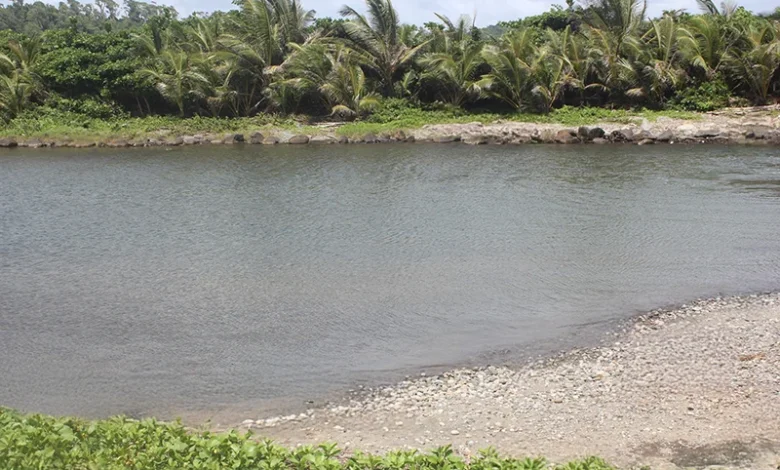Kachibona River

Kachibona River, or Melville Hall River, flows through the northern part of Dominica, specifically within the Northern Forest Reserve in Saint Andrew Parish. The river is a vital source of freshwater, supporting a variety of plant and animal life.
About Kachibona River
Kachibona River in Dominica is a significant waterway known for its natural beauty and ecological importance. Located in the island’s northern part, this river contributes to the region’s rich biodiversity and overall environmental health. It is part of the island’s extensive network of waterways, crucial for maintaining the ecological balance and supporting the livelihoods of local communities.
The Kachibona River is famous for its beautiful clear waters and greenery. It winds through the Northern Forest Reserve, creating rich ecosystems home to many fish species, birds, and other wildlife. The river is a popular spot for eco-tourism activities such as hiking, bird watching, and nature photography. Its scenic beauty makes it a favoured destination for locals and tourists seeking to experience Dominica’s natural environment.
Environmental Significance
Kachibona River plays a critical role in the local ecosystem. It flows between the villages of Marigot and Wesley, providing necessary irrigation for agricultural activities. The River eventually empties into the Atlantic Ocean through Mango Hole Bay at Melville Hall. These coastal areas are essential for maintaining the health of marine ecosystems and supporting local fisheries.
Communities along the Kachibona River rely on its waters for agriculture, fishing, and daily use. The river supports farming activities, especially for bananas and other tropical fruits. The river’s health directly impacts these communities’ well-being, making its conservation a priority for local and national authorities.
The Douglas-Charles Airport is located along the Kachibona River, providing convenient access for visitors. This proximity makes it easier for tourists to explore the river and its surrounding natural attractions, further supporting eco-tourism in the area.




